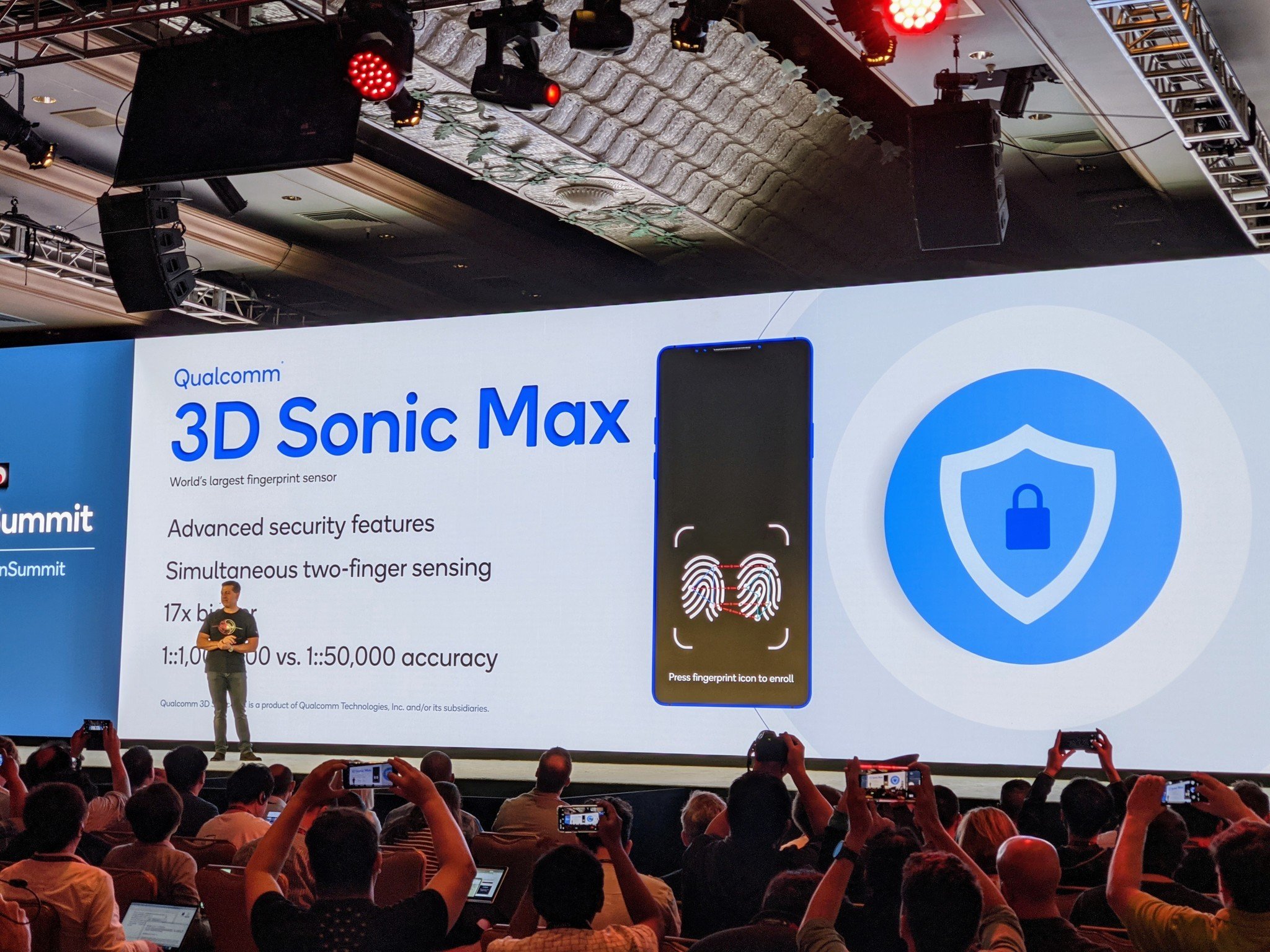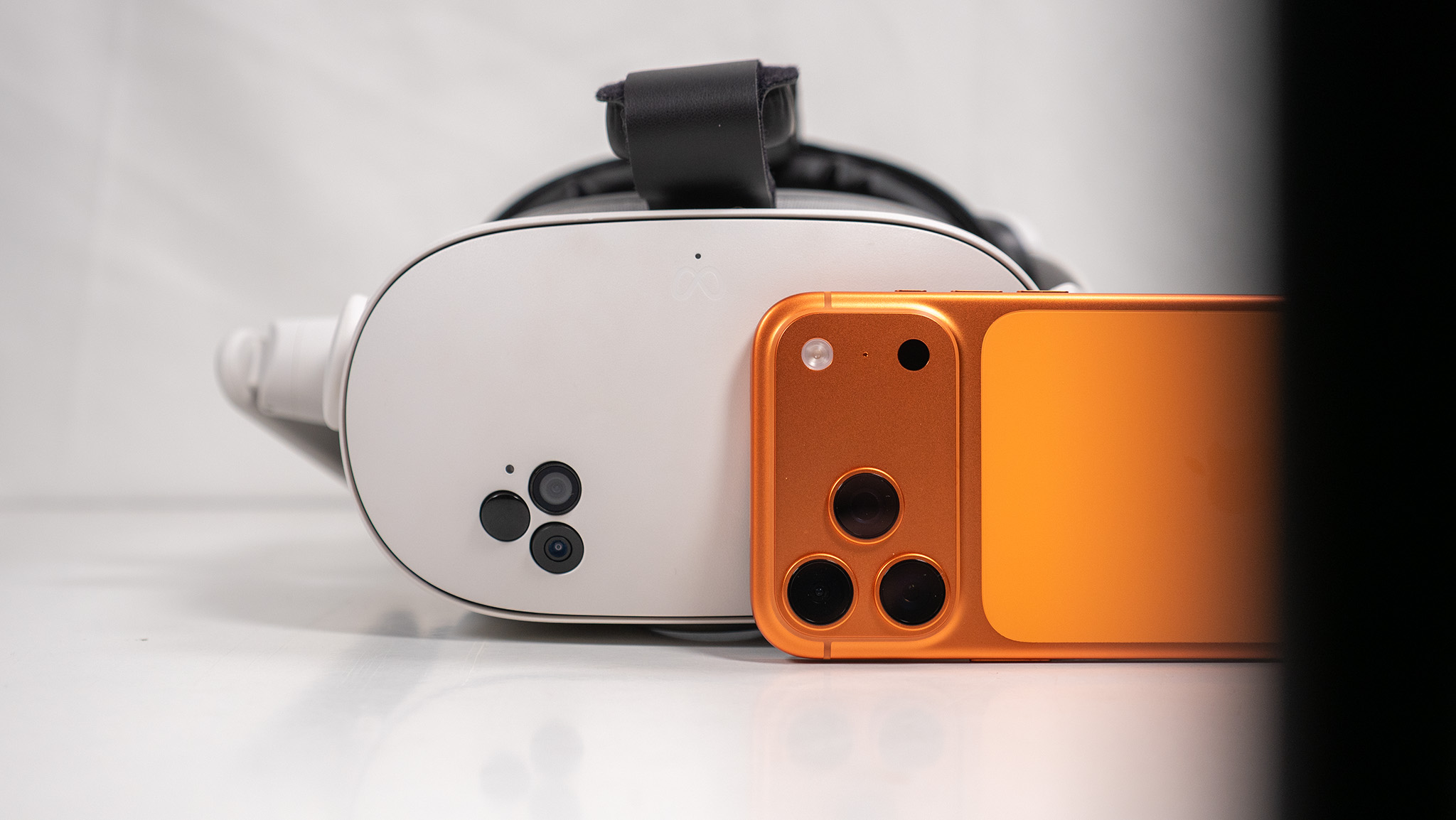Qualcomm's new ultrasonic fingerprint sensor is 17x larger, offers two-finger authentication

What you need to know
- New ultrasonic technology offers 17x larger recognition area.
- Recognition area supports increased security via simultaneous two-finger authentication.
- Yet to be known which devices will launch with the sensor in 2020.
Qualcomm has announced the next generation of its in-display ultrasonic fingerprint sensor, dubbed 3D Sonic Max. The new sensor is, remarkably, 17 times larger than the original sensor area — Qualcomm says it's the largest fingerprint sensor available. That larger area enables simultaneous two-finger authentication for heightened security, but also increased speed and ease of use because it requires less precise placement from the user.
These changes directly address our biggest issues with the original sensor.
An increased recognition area and faster speeds directly address the two biggest complaints with Qualcomm's first ultrasonic fingerprint sensor. The first generation of the ultrasonic sensor, while novel because it was technologically different from optical sensors, was in practice much slower and less consistent than the competition.
The Galaxy S10 and Note 10 were criticized for their lackluster fingerprint sensor performance, particularly in light of much faster optical sensors hitting the market around the same time. Ultrasonic technology technically has an advantage in that it can overcome issues with debris and water on the fingerprint, but at least in its first implementation it was just generally slower in most cases.
Of course, all of the improvements sound great — but given our experiences with the first sensor, it's reasonable to be skeptical of just how much has changed until we've used it in a phone. Qualcomm isn't announcing which devices will be using the new ultrasonic sensor, but my best guess would be the Galaxy S11 considering the GS10 launched the original sensor this year.
Get the latest news from Android Central, your trusted companion in the world of Android

Andrew was an Executive Editor, U.S. at Android Central between 2012 and 2020.
